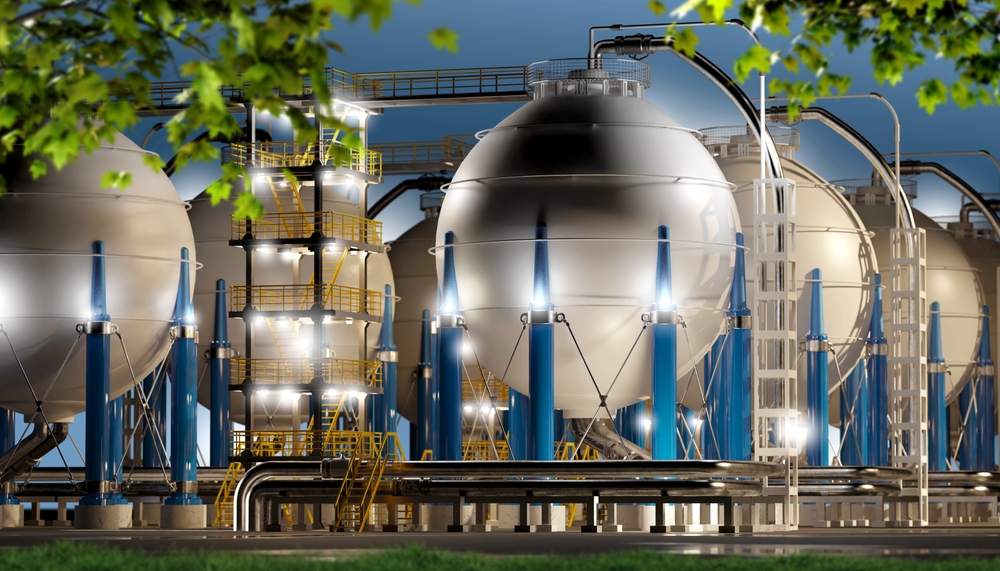Stegra's Green Steel Expansion and Australia's Green Hydrogen Dilemma
Key Ideas
- Stegra, a leader in green iron and steel, rebrands to focus on global investments, including green hydrogen-powered projects outside Sweden.
- South Australia aims to attract green iron investment but faces challenges due to feedback emphasizing the role of gas in ironmaking; focus needed on green hydrogen.
- Australia's National Hydrogen Strategy highlights the importance of domestic green hydrogen use in industries like ironmaking to stay competitive in global green steel production.
- Early adoption of green hydrogen is crucial for Australia to remain competitive in the green steel market and not fall behind other regions prioritizing sustainable iron and steel production.
Stegra, formerly known as H2 Green Steel, is positioning itself as a global leader in green iron and steel production. The company is currently building the world's first commercial-scale green steel plant in Sweden, set to begin production in 2026. With plans to expand outside Sweden into Portugal, Brazil, and Canada, Stegra is focused on utilizing green hydrogen in its operations to promote decarbonization.
However, while South Australia is attempting to attract green iron investments, challenges arise from the industry feedback emphasizing the role of gas in ironmaking processes. The state's efforts may not align with companies like Stegra that prioritize immediate usage of green hydrogen over fossil fuels.
Australia's National Hydrogen Strategy stresses the importance of early domestic adoption of green hydrogen, particularly in industries like ironmaking. The strategy warns that delayed action could hinder Australia's competitiveness in the global green steel market, where other regions are already making strides in sustainable iron and steel production.
The article also highlights the need for Australia to shift its focus from exporting green hydrogen to prioritizing domestic use, especially in iron and steel production. By emphasizing early adoption of green hydrogen, Australia can position itself as a key player in green steel production alongside countries like Sweden, Canada, and Brazil.
In conclusion, the article emphasizes the significance of prioritizing green hydrogen over fossil fuels in the iron and steel industry. It underscores the necessity for Australia, particularly regions like South Australia and Western Australia, to focus on sustainable practices to not miss out on opportunities in the global green steel market.
